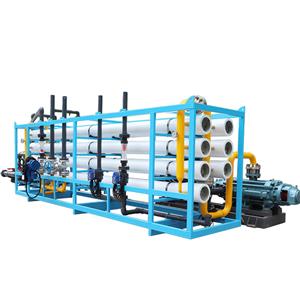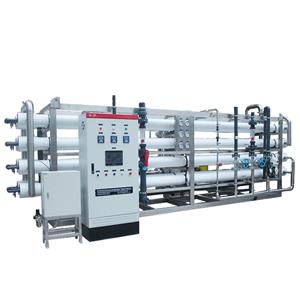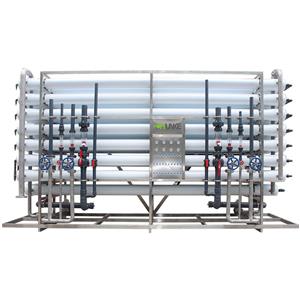What is the service life of a reverse osmosis water purification system?
Introduction: Reverse osmosis water purification system is an efficient water treatment method that can effectively remove impurities in water and provide people with clean and safe drinking water. As people's concerns about drinking water quality continue to increase, reverse osmosis systems are becoming more and more widely used. In this news, we will discuss the lifespan, maintenance, and system updates of reverse osmosis water purification systems.
What is the service life of a reverse osmosis water purification system?
The lifespan of a reverse osmosis water purification system typically ranges from 10 to 15 years, depending on the maintenance and usage of the system.
1. Determinants of service life:
The service life of a system depends on a variety of factors, including water quality, maintenance, and the quality of system components.
Frequent cleaning and replacement of filters and reverse osmosis membranes can help extend the life of your system.
2. Maintenance and maintenance:
Regular replacement of filters and reverse osmosis membranes in accordance with manufacturer's specifications is an important step in maintaining proper system operation and extending the life of your system.
Regular inspection and maintenance of other components of the system, such as pumps and valves, can also help ensure the long-term stability of the system.
3. Suggestions for extending the service life of the system:
Avoid having the system handle water with high concentrations of contaminants, which can reduce the load on the system.
Control system operating conditions, such as pressure and flow, to prevent damage to the system from overuse.
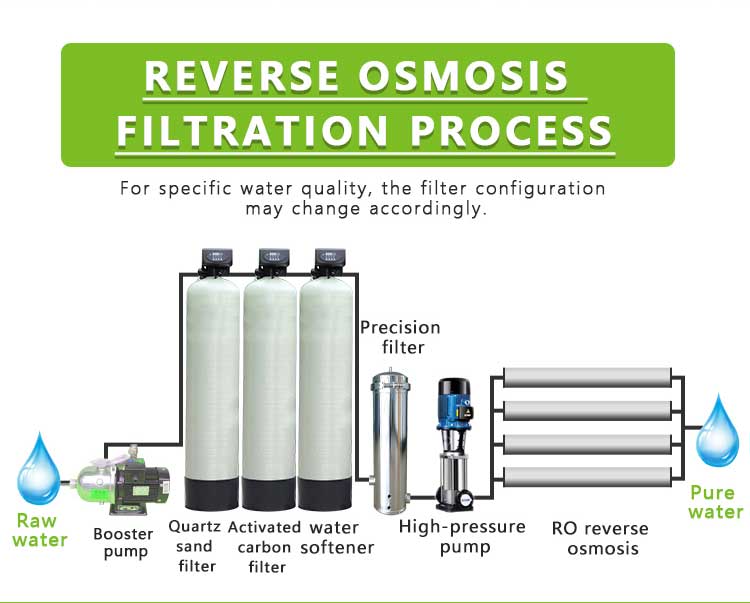
What factors affect the service life of a reverse osmosis water purification system?
There are many factors that affect the service life of a reverse osmosis water purification system, including water quality, maintenance and operation methods.
1. Impact on water quality:
High concentrations of salts, minerals, and other contaminants in the source water may accelerate membrane and filter wear.
Fluctuations in water quality can tax the system and shorten its service life.
2. Operation method:
Improper operation of the system may cause excessive use of components and reduce their life.
Follow the manufacturer's operating instructions to avoid overloading and frequent starts and stops.
3. Maintain quality:
Regularly maintain and inspect key components of the system, such as membranes and filters, to ensure they are operating at their best.
Using high-quality replacement parts increases system reliability and longevity.
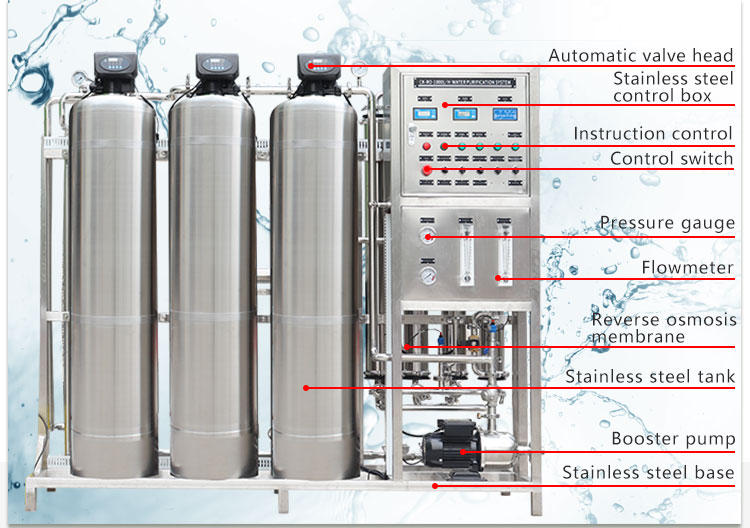
How to properly maintain a reverse osmosis water purification system?
Proper maintenance of a reverse osmosis water purification system is critical to its long life and efficient operation.
1. Replace filters and membranes regularly:
Regular replacement of pre-filters and reverse osmosis membranes as recommended by the manufacturer will help maintain the system's filtration efficiency.
Determine the replacement interval based on water quality and frequency of use to ensure continued operation of the system.
2. Regular cleaning and disinfection:
Cleaning and disinfection systems prevent the growth of bacteria and algae and keep water clean.
Use appropriate cleaning agents and methods to avoid damage to membranes and other components.
3. Monitor system performance:
Regularly monitor the operation of the system, including water production and wastewater discharge, to ensure normal operation of the system.
If abnormal conditions are found, such as a drop in water production, timely measures should be taken to adjust or repair.
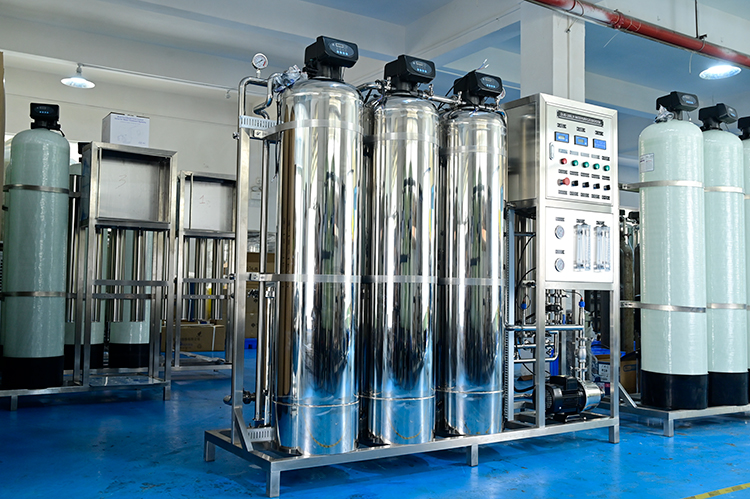
What is the update cycle for reverse osmosis water purification systems?
Replacement cycles for reverse osmosis water purification systems vary depending on the complexity and usage of the system, but key components typically require periodic updates to maintain efficient operation of the system.
1. Renewal cycle of pre-filter and membrane:
Pre-filters usually need to be replaced every few months, depending on the water quality.
Reverse osmosis membranes generally have a service life of 2 to 3 years, but may need to be replaced more frequently if the water quality is poor.
2. Maintenance of pumps and other components:
Components such as pumps and valves have longer maintenance and update cycles, but they still need to be inspected regularly.
Replacing worn parts can improve system reliability and efficiency.
3. Overall system update:
The overall system update cycle is usually longer and depends on the quality of the system's design and maintenance.
As technology evolves, systems may require updates to maintain their performance and efficiency.
Reverse osmosis water purification systems are a highly efficient method of water treatment that typically have a service life of between 10 and 15 years. With regular maintenance and upkeep, the system can continue to provide high-quality drinking water. Timely replacement of critical components and monitoring system performance are key to keeping systems running efficiently and extending their service life.
With the development of technology, the performance and efficiency of reverse osmosis water purification systems will be further improved, providing people with cleaner and safer drinking water.

